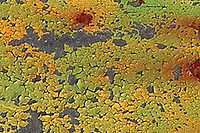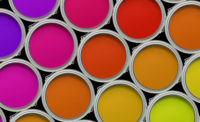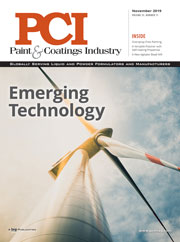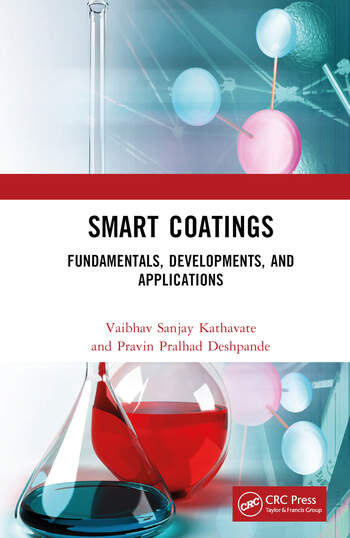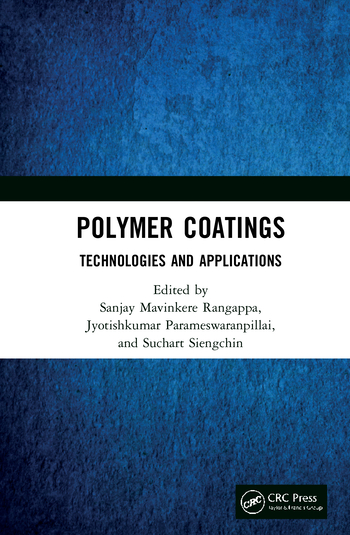Research Teams Develop Coatings with Self-Healing and Self-Cleaning Abilities

EAST LANSING, MI – Polymeric materials are prone to surface damage during their life cycle. The resultant damages propagate with the passage of time if they are left unaddressed, which can cause a loss of structural integrity, environmental degradation of the substrate, as well as functional and mechanical failure. These types of failures not only shorten the life cycle of that material but also increase disposal and maintenance costs. The use of materials having the ability to self-repair damages or/and cracks performs like the healing that takes place in living organisms. Such self-healing coatings hold great promise for 21st century smart coatings, which will enhance the performance and reduce maintenance cost and waste. In addition to self-healing, self-cleaning surfaces are considered of great value as they reduce cleaning costs. Self-cleaning surfaces repel polar and non-polar liquids, having the ability to clean adhered dirt and debris by rolling off water droplets that take these contaminants along with them and clean the rest of surface. The integration of self-healing and self-cleaning surfaces into a single coating formulation is challenging but very important for a wide range of applications.
Scientists at the School of Packaging in Michigan State University have developed a novel approach for creating commercially feasible hybrid coating technology capable of self-healing along with omniophobic features. The research team led by Dr. Muhammad Rabnawaz has demonstrated the self-healing of polyurethane coatings using dynamic urethane bond chemistry to provide a self-repairable result on incurred cuts on the surface to polyurethanes. This intrinsic approach involves the healing of cracks and damages via the rearrangement of reversibly (dynamically) urethane bonds at the damaged surfaces. Repeatable self-healing and excellent optical clarity are unique advantages of this system.
Rabnawaz and his team (Dr. Ajmir Khan and Muhammad Naveed, a Ph.D. Scholar) integrated self-healing properties with the self-cleaning properties by incorporation of water- and oil-repellent silicone oil. Self-cleaning coatings are often inspired by nature such as lotus leaves, water strider legs and pitcher plant models. One of the key drawbacks of the existing self-cleaning surfaces is the use of fluorochemicals, regardless of whether they are smooth- or roughly textured systems. However, due to the harmful and persistent nature of fluorine-containing compounds in the environment, fluorine-free alternatives are highly desirable. Therefore, silicone oils were chosen, as they are environmentally safe in nature compared to conventional fluorinated chemicals. This technology offers a unique combination of performance (water and oil repellency and self-healing) and sustainability (environment-friendly and fluorine-free).
Rabnawaz believes that this technology is highly practical because the feedstock materials are commodity materials available at an affordable cost. This technology is now patented by Michigan State University and is available for licensing.
Looking for a reprint of this article?
From high-res PDFs to custom plaques, order your copy today!





